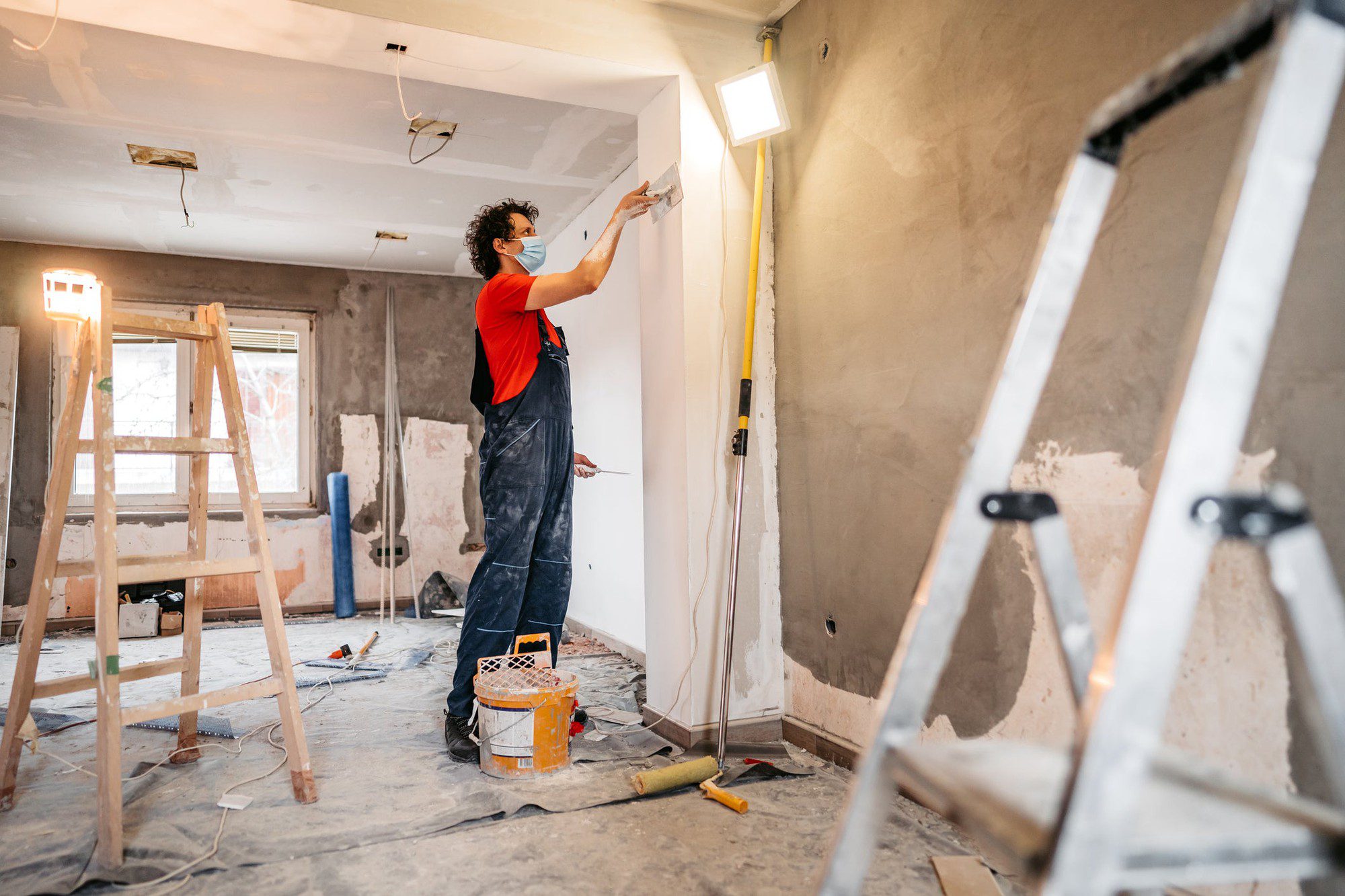Mold spores may seem hidden and harmless, but black mold can pose serious risks to your health. Without the right conditions, these spores exist in a dormant state; however once exposed to moderate temperatures and moisture they thrive rapidly, creating an environment that is not only unpleasant it can be downright dangerous.
Take action before you find yourself living with this risky form of household contamination by identifying signs of infestation early on and getting rid of any existing colonies.
If you find black mold in your home, before taking action to remove it take the necessary steps needed to identify and contain its source of moisture. Once you have done this, there are several effective cleaners that can be used such as bleach or hydrogen peroxide which will kill and eliminate it entirely from your house.
According to a premium home inspection company https://homeinsights.us/, mold removal should be done by specialists instead of doing it yourself due to several reasons.
How Frequently Should Black Mold Growth Be Cleaned?
To ensure your home remains a clean and healthy environment, be vigilant in inspecting high-humidity areas such as basements or bathrooms. Tiny colonies of black mold can rapidly expand into large infestations within the span of days, so if you spot any presence immediately take action to rid yourself of it.
Regularly check these prone locations at least once weekly for early detection and prevention.
Different Methods To Eliminate Black Mold
Before tackling black mold, ensure you create a well-ventilated workspace by opening doors and windows. In case of ineffective outcomes from one cleaner, remember to rinse the affected area completely with clean water before attempting another solution.
Protect yourself and your home with the right gear, such as gloves and eye protection. When it’s time to clean up after a project involving hazardous spores, make sure you’re taking all precautions use old clothes that can be disposed of in an airtight bag or washed separately at high temperatures for added peace of mind.
Use Chlorine Bleach
Chlorine bleach is an effective solution for removing mold and discoloration it leaves behind. However, caution must be taken when using this powerful cleaner as it can damage surfaces or fabrics if not used correctly. To prevent any adverse effects, take these steps before utilizing chlorine bleach:
Get rid of pesky black mold in tiled bathrooms and showers quickly with a simple bleach solution. Mix one cup of household strength bleach into every gallon of water to make the perfect preventative coating. To apply, slip on some gloves before using an old cloth or sponge to saturate affected areas. You’ll have fresh tile surfaces in no time.
To achieve the best results, allow your solution to sit on any moldy areas for a minimum of 15 minutes before gently scrubbing with nylon bristles. A thorough rinse and proper drying procedure either air drying or using an old cloth will complete this sanitation process.
To eliminate mold from painted walls and wooden floors, create a cleaning solution containing one part dishwashing detergent to 10 parts bleach mixed with 20 parts water. Apply the formula using a sponge or mop without saturating surfaces; let it sit until air-dried for optimal results.
Use Hydrogen Peroxide
Hydrogen peroxide is an alternative to chlorine bleach, offering a gentler clean with less fuss. However, it’s important that its solution concentration (3-10%) and freshness be top notch in order for the cleaning process to work properly fizzing when touching organic matter being a telltale sign of quality. Unfortunately, overexposure to sunlight will cause hydrogen peroxide breakdown over time.
For those pesky black spots of mold, turn to the versatile power of hydrogen peroxide! Simply pour fresh H2O2 into a spray bottle and spritz it over troubled surfaces. You’ll be amazed as bubbling or fizzing starts up instantly.
Allow 10-15 minutes for best results, and then simply use your favorite cleaning tool scrub brush, sponge or cloth to scrub away all traces of dirtiness. Rinse with warm water if necessary; repeat application as needed until desired outcome achieved.
Spray With Distilled White Vinegar
Distilled white vinegar is a powerful and non-toxic way to eliminate mold, although it does take longer than alternative products like chlorine bleach or hydrogen peroxide. To get the best results when using conventional cleaning methods on discolored loose material caused by growth of mildew, additional scrubbing with a household cleaner may be necessary.
White vinegar is an ideal, safe choice for cleansing surfaces affected by mold. Simply fill a spray bottle with undiluted white vinegar and spritz the area to be treated no need to leave it overnight. Rinse thoroughly after one hour and you’re done; if discoloration persists, hydrogen peroxide or chlorine bleach solution can finish up any residual traces of mildew.
Refresh your cleaning routine and up the ante with a versatile solution. Cleaning vinegar is approximately 20% more powerful than food-grade white distilled, so you can be sure it’ll tackle black mold spores efficiently. Don’t underestimate this concentrated formula; even though acetic acid might not seem like much of an increase from 5%, it adds that extra spark to get results.
Scrub With Baking Soda or Borax
Combat mold growth in your home with a natural solution combining sodium bicarbonate (baking soda) and mineral borax to create an effective paste. Apply it generously, and then let sit for 30 minutes before using a wet brush to scrub away the build up until all traces of mold are gone. Then rinse thoroughly and dry the area off with an old cloth.
Chlorine bleach and vinegar are superior when it comes to eliminating mold growth and eradicating stubborn stains.





























